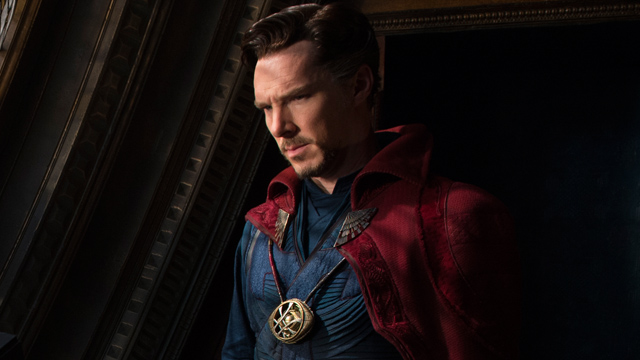To celebrate Spider-Man: Far From Home’s release, we’re taking a look back at the entire MCU. Entry by entry. Our goal with this retrospective is to trace the footsteps of Marvel Studios. And in doing so, to understand the decisions made along the way to becoming a Hollywood powerhouse.
Supreme Strategy
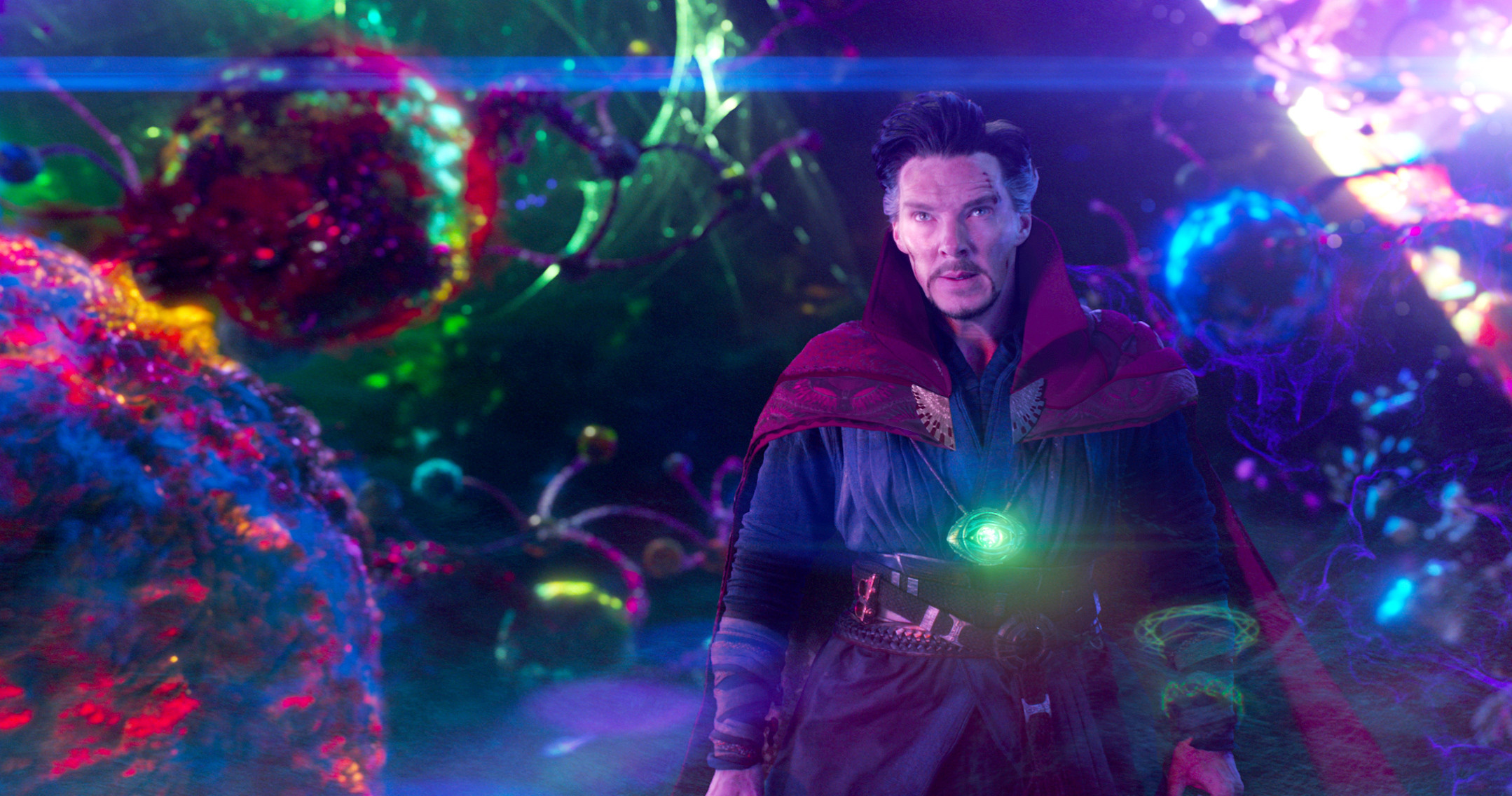
As one of the best silver age Marvel characters yet to appear on the big screen, Doctor Strange was overdue in the MCU. Notwithstanding the 1978 made for television movie of the same name, the Sorcerer Supreme may be one of the lesser-known Marvel heroes. Yet the mystical side of the MCU seemed a tough sale to general audiences. Doctor Strange eventually became the last vestige of the Marvel Creative Committee, which may be why its the most middling film in Phase Three. The film takes a lot of chances, but it’s also mired in simplistic, bland, and rushed storytelling despite compelling visuals.
While the MCU previously established the cosmic side of things, Doctor Strange finally opened up the mystical side of the universe. Even as the biggest pet project to date for Marvel Studios’ Kevin Feige, the film had more pressure than normal to be successful. The movie had to establish Stephen Strange in the ever-growing cinematic universe. Yet it also had an important role to play by setting up arguably the most crucial Infinity Stone. Doctor Strange would justify his inclusion in Phase Three, with a journey to the silver screen that took over three decades.
Strange Circumstances
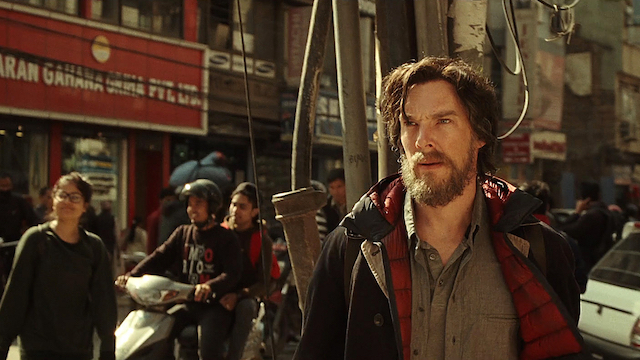
Doctor Strange’s thirty-five year journey to the big screen began sometime in the mid ’80s. Roger Corman’s New World Pictures had the first real crack at a Doctor Strange movie. The now-defunct production company commissioned a script by Bob Gale, which you can read a review of here. Even though Gale’s script would share similarities with the final product, it never made it past development.
In 1989, writer Alex Cox revealed he had written a script from a story that he and Stan Lee crafted. You can also read that script here, but we were probably better off without it. Essentially, this version of the film would have seen Doctor Strange traveling to the fourth dimension in preparation for a face-off with Dormammu on Easter Island in the climax. According to Cox, Regency Enterprises almost made the film, to be distributed by Warner Brothers. However, WB apparently had a dispute with Marvel over the merchandising rights, so the studio nixed the project altogether.
Dimension-Hopping
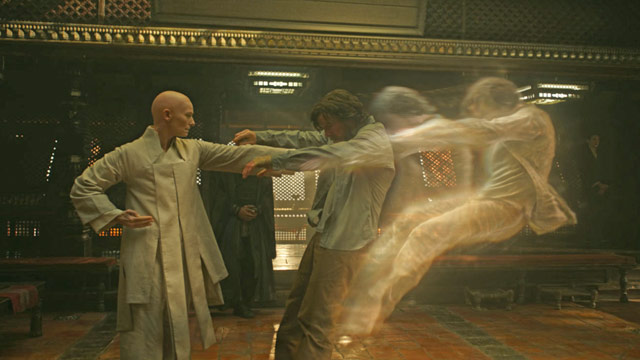
Throughout the rest of the ’90s, the film languished in development hell. Several studios passed the rights around Hollywood, with David S. Goyer and even Wes Craven attached at certain points. The project languished in development for several years at Columbia, until Dimension/Miramax eventually acquired the rights. By 2001, Goyer was once again attached to write and direct, although nothing ever materialized. By 2003, the cinematic superhero craze was finally picking up, and Marvel targeted the film for a 2005 release. However, former Marvel Executive Avi Arad revealed that they were “nowhere” with a script less than a year later. In 2005, Paramount bought the rights from Miramax for the newly formed Marvel Studios to produce.
With the film rights for Doctor Strange finally back under the Marvel Studios banner, it would take another four years for Marvel to actually start developing the project. Guillermo del Toro and Neil Gaiman unsuccessfully pitched a version of the film back in 2007, and development once again stalled for another three years. After Disney acquired Marvel in 2009, the project finally started gaining traction with screenwriters Dean Donnelly and Joshua Oppenheimer. Throughout 2013, Kevin Feige publicly confirmed on multiple occasions that Doctor Strange would appear in some capacity in Phase Three for the MCU. The search for a filmmaker to helm the project finally heated up.
Sinister Selection
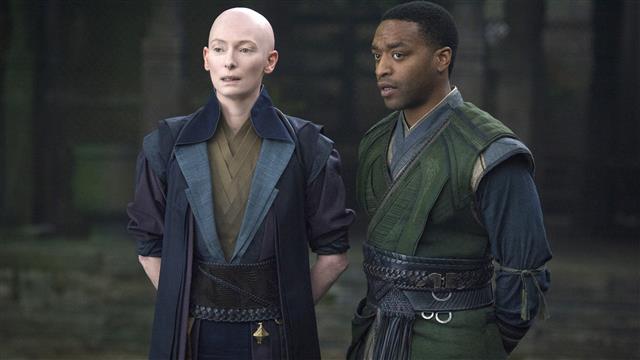
In early 2014, Marvel began an exhaustive search for a director. Even though Marvel met with many filmmakers about the project, a shortlist began to emerge soon thereafter. In March of that year, the studio narrowed the choices down to three directors: Jonathan Levine, Mark Andrews, and an unlikely choice in Scott Derrickson. The low-budget genre filmmaker’s background in supernatural horror wasn’t what fans expected, but he was officially confirmed to helm the project in June of 2014.
To set himself apart from the pack, Derrickson decided to take a massive personal gamble. He started by writing a 12-page scene based on the Doctor Strange comic The Oath, which ended up being the signature astral plane sequence in the final film.
Trip a Little Light Fantastic
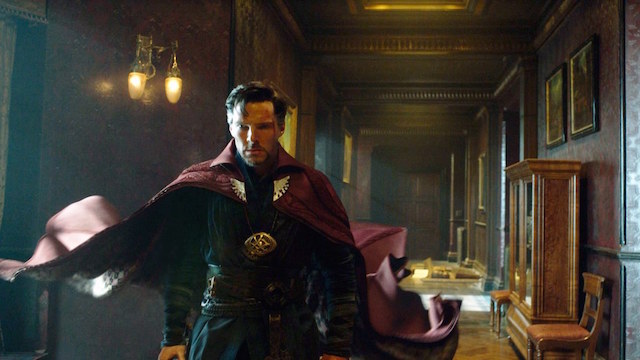
Derrickson storyboarded the scenes, which served as the basis for the animatic he eventually used to pitch Marvel. He even personally hired professional concept artists to establish the mind trip visuals early on. This culminated with an epic ninety-minute pitch showcasing his take on Doctor Strange, which blew Marvel Studios away. According to Derrickson, creating the presentation required him to “spend a lot more money than was reasonable.” Fortunately, the sequence he used for his pitch would not only win him the job, but also force Marvel to purchase the material he had created.
Although Derrickson proved his abilities as director, Marvel Studios originally didn’t bite on hiring him as a writer. They didn’t think that Derrickson could fulfill both roles while still meeting the film’s original intended (yet unannounced) July 2016 release. As a result, they brought writer Jon Spaiths in in June of 2014, after he was admittedly “pestering” Marvel Studios for the job. Derrickson and Spaiths spent months reworking Doctor Strange from the ground up, with Feige and executive producer Stephen Broussard.
No Joker
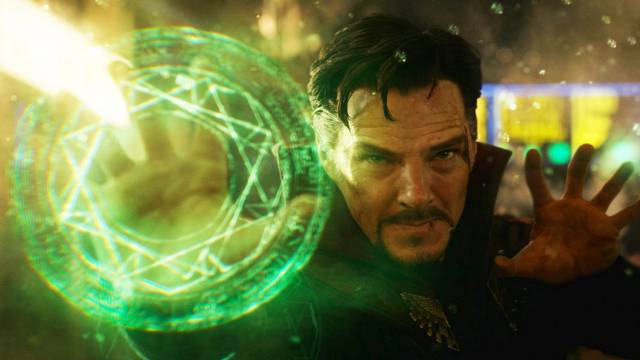
According to Spaiths, Marvel initially felt unsure whether to make the film an origin story or not. The writer eventually called this path “unavoidable” for the movie. Spaiths kept his writing credit, with some of his contributions to the early drafts staying in. These included “little things,” such as “a bandaged hand running down a row of prayer bells in a Nepalese temple,” and many setpieces. Though Derrickson originally wanted to include Nightmare as the big bad, he ultimately used Dormammu for the sake of simplicity. The film’s final action set piece came “straight from” Derrickson.
With the screenplay now in progress, Marvel’s attention turned to casting. Early in their story meetings, the filmmakers had all envisioned Benedict Cumberbatch to play Doctor Strange. Despite fans championing the English actor for the role, he explained in July 2014 that his commitment to the stage version of Hamlet would keep him from appearing in the film. At the end of the month, an unlikely actor entered negotiations to play the lead – Joaquin Phoenix. The eclectic actor came extremely close to taking the part, but his hesitation to sign a multi-picture contract ended up being a deal breaker.
Benediction
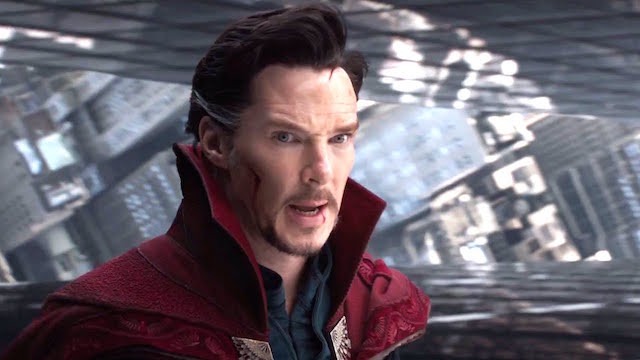
After the departure of Phoenix, Marvel began to formulate a short list of actors that included the likes of Oscar Isaac, Jared Leto, and Ewan McGregor, among others. Suddenly, Cumberbatch entered negotiations to star as the Sorcerer Supreme in October 2014, and was officially announced in December. Feige and company later revealed that, despite looking at other actors for the role, they kept coming back to Cumberbatch. Because Cumberbatch was their first choice for the part, Marvel Studios did something completely unprecedented. They pushed back the entire production to accommodate Cumberbatch’s schedule. In retrospect, this was perhaps a saving grace for Doctor Strange. It’s hard to envision the movie without Cumberbatch, because he brought a great deal of gravitas to the character.
As a result of the shift in the production schedule, Marvel officially revealed the film’s November 2016 release date at the big Phase Three announcement event. Now with some free time on his hands to improve the script, Derrickson enlisted his writing partner C. Robert Cargill to further hone the story. Derrickson had originally lobbied for Cargill to share screenwriting duties with him on Doctor Strange. Although it’s unclear as to why Spaiths left the project after his original pass, he returned to “help bring the movie home.” All three screenwriters would eventually get credit for Doctor Strange. Derrickson noted Steve Ditko’s work, in addition to the comics The Oath and Into Shamballa as the primary influences for the shooting script. After nearly thirty years of development, Doctor Strange finally made it in front of cameras in November 2015.
Get Mads, Get Even
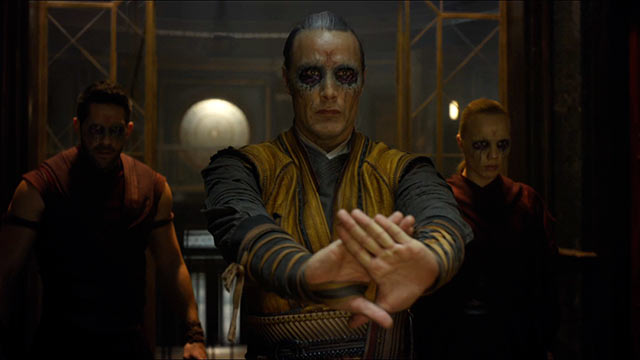
As the first film to make it into production after the dissolution of the Marvel Creative Committee, Doctor Strange lands in a weird middle ground. The MCC controlled the developmental phase, but not the production and post-production phases. These differing ideologies yield a straightforward movie in terms of plot and characters, yet sophisticated in visual and thematic appeal. This is most apparent with the film’s villain, Kaecilius. Although Mads Mikkelsen delivered a somewhat redeemable performance, the MCU still hadn’t figured out how to craft a compelling villain. Luckily, Doctor Strange would be the last case of that increasingly present issue.
Critics often unfavorably compare Doctor Strange to other MCU origin stories like Iron Man. While these comparisons are apparent on a surface level, Doctor Strange is a far more ambitious endeavor for Marvel Studios. More importantly, it also marked the end of the cookie-cutter storytelling practices that had often befallen previous MCU origins. In retrospect, Doctor Strange would set the stage for Phase Three in an ambitious way. In others, it represents the final hurrah for the “save the cat” style of filmmaking that had become a detriment to the increasingly aspirational MCU. It works as well as it does is because of Derrickson and Feige’s love for the character. Yet ultimately, Doctor Strange is only a good movie, not a great one. Which is unfortunate because – even by MCU standards – the film should have been a more groundbreaking endeavor.
Related:
Captain America: Civil War – MCU Retrospective Part 13
Ant-Man – MCU Retrospective Part 12
Avengers: Age of Ultron – MCU Retrospective Part 11
Guardians of the Galaxy – MCU Retrospective Part 10
Captain America: The Winter Soldier – MCU Retrospective Part 9
Thor: The Dark World – MCU Retrospective Part 8
Iron Man 3 – MCU Retrospective Part 7
The Avengers – MCU Retrospective Part 6
Captain America: The First Avenger – MCU Retrospective Part 5
Thor – MCU Retrospective Part 4
Iron Man 2 – MCU Retrospective Part 3
